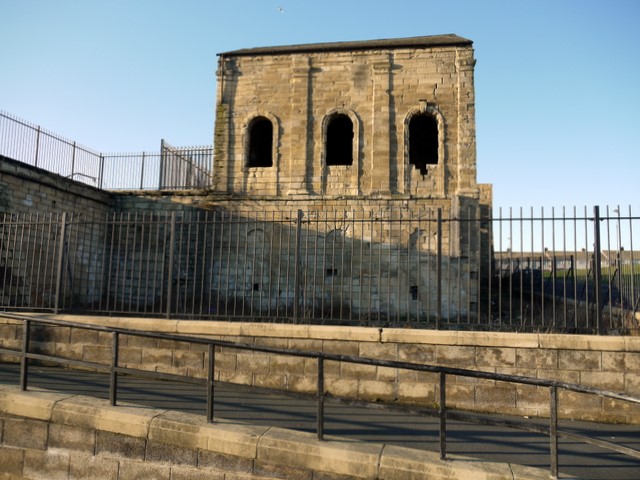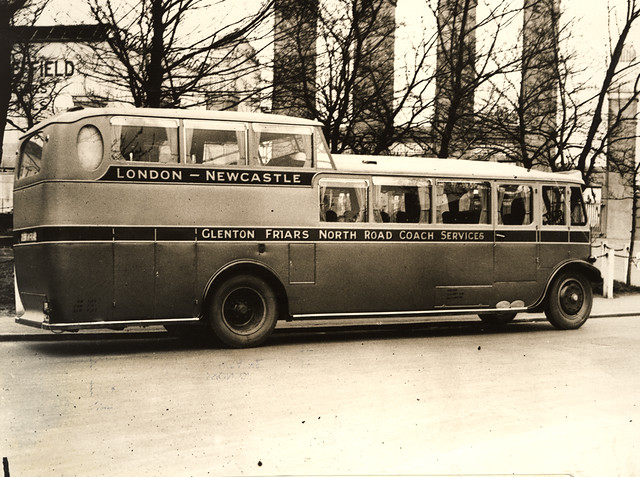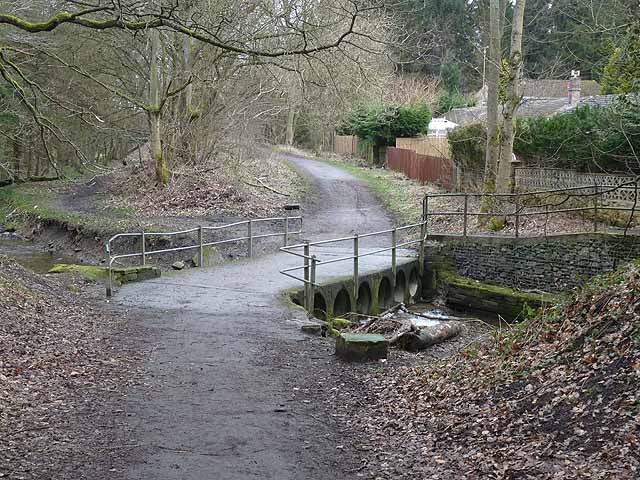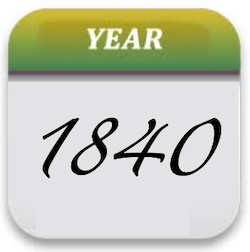Topics > Transport and Travel > Railway > Stockton and Hartlepool Railway
Stockton and Hartlepool Railway
The Stockton and Hartlepool Railway was a branch line from Billingham to the docks at Hartlepool, which connected with the Clarence Railway. The line opened for goods traffic in 1840 and was opened to passengers on the 9th of February 1841. In 1852 it was subsumed into the West Hartlepool Harbour and Railway.
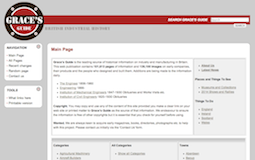
from https://www.gracesguide.co.uk…
Stockton and Hartlepool Railway
- "This line ran from Billingham to Hartlepool as an extension to the Clarence Railway and opened for goods traffic in 1840 and passengers a year later. Messrs. George Leather and …
Added by
Simon Cotterill
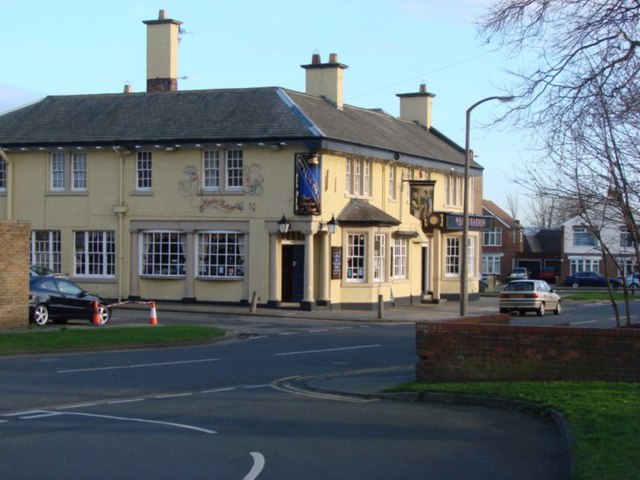
Co-Curate Page
Billingham
- Overview About Billingham Map Billingham is a town in Teesside in the unitary authority of Stockton-on-Tees and in the ceremonial county of County Durham. Billingham existed as a separate village, thought to be founded …

Co-Curate Page
Clarence Railway
- Overview About the Clarence Railway The Clarence Railway was an early railway company that operated in north-east England between 1833 and 1853. The railway was built to take coal …
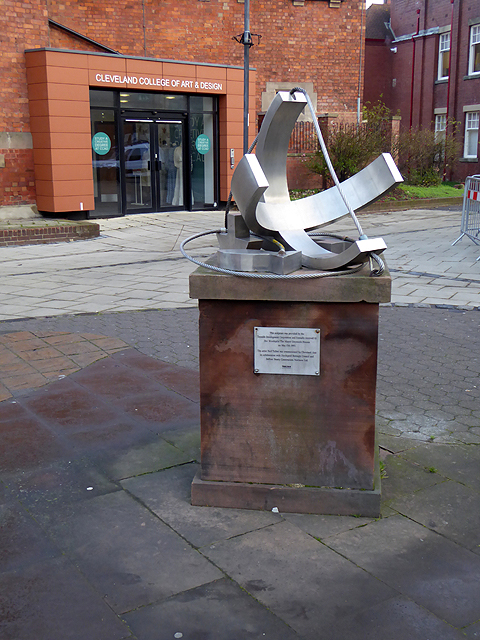
Co-Curate Page
Hartlepool
- Overview History Timeline Map Street View Hartlepool is a town in County Durham on the North Sea coast of North East England, north of Middlesbrough and south of Sunderland. …


from https://www.gracesguide.co.uk…
Stockton and Hartlepool Railway
- "This line ran from Billingham to Hartlepool as an extension to the Clarence Railway and opened for goods traffic in 1840 and passengers a year later. Messrs. George Leather and …
Added by
Simon Cotterill

Co-Curate Page
Billingham
- Overview About Billingham Map Billingham is a town in Teesside in the unitary authority of Stockton-on-Tees and in the ceremonial county of County Durham. Billingham existed as a separate village, thought to be founded …

Co-Curate Page
Clarence Railway
- Overview About the Clarence Railway The Clarence Railway was an early railway company that operated in north-east England between 1833 and 1853. The railway was built to take coal …

